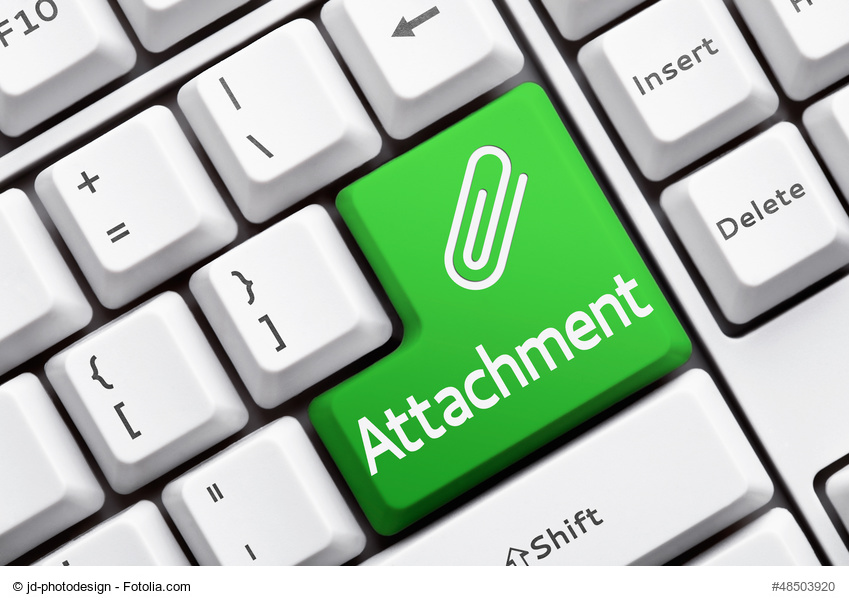PDF/A – The format of the future – Part 3: PDF/A-3
The third part of our series on PDF/A deals with the PDF/A-3 format, which is the current standard for archiving and e-bills. However, this does not mean that the PDF/A-1 or PDF/A-2 formats are no longer valid or should no longer be used. Depending on the intended use, the PDF formats used so far may still be completely sufficient. The PDF display programs are always backwards compatible, i.e. PDF/A-1 is still valid, even if there are further developed PDF formats. Nevertheless, PDF/A-3 is considered the current standard format.
Archive documents true to the original and legally compliant with PDF/A
Nowadays every large company works with a document management system (e.g. IBM Notes or SAP). Among other things, e-mails are organized, processed and work processes are organized. However, the data, e-mails, attachments and documents must somehow be stored on a long-term basis. The data should always be transferred to proper, digital long-term archiving. And everything that is stored in this long-term archive must be easy to find and open at all times. And that regardless of how much time has passed and which technical conditions prevail. If all data is stored in such an archive (audit-proof and barrier-free), all legal requirements are met and workflows are accelerated.
What distinguishes PDF/A-3 from its predecessors PDF/A-1 and PDF/A-2?
The PDF/A formats have gradually been extended, so that PDF/A-3 represents an extension to PDF/A-2. With PDF/A-3, any file type can now be embedded. This offers an important advantage, as the handling of the documents has been significantly simplified. It is possible to easily add original data (XML, CAD). In addition to the features already possible in the previous format, PDF/A-3 can still be used ideally as a long-term secure archive format, but it can also be provided with source formats.
PDF/A-3: In addition to the PDF/A file, you can also save original files
The third standard part of the long-term archiving format PDF/A-3 was published as ISO standard 19005-3 2012 and not only allows PDF/A-compliant file attachments. All file types can also be embedded as attachments. The file attachments are either assigned to a document, a part of a document or a page.
In order to archive two objects and only have to access ONE digital object, the possibility of creating a so-called container was developed. This container then contains the original data and an additional PDF/A document, which is intended for long-term backup. For example, it has become common practice to store a signed XML file together with a birth certificate (which is archived as PDF/A for a long time).
The container function can also be very helpful for e-mail archiving. Then you can convert e-mails together with their attachments to PDF/A in order to transfer everything into a long-term archive. With the PDF/A-3 format, the original formats of the attachments (e.g. OpenOffice or Microsoft Office: text files, Excel lists) are embedded in the archived e-mail.
E-bills with PDF/A-3
PDF/A-3 has now been enhanced with a container function. For the first time, this also opens up more possibilities for e-bills, since PDF/A-3 can be used to store readable data in XML format and also as an archive-compatible PDF invoice. Since June 2014, the so-called ZUGFeRD standard has been available, which is based on the PDF/A-3 format. With PDF/A-3 it is therefore possible to create a PDF invoice that is optimally suited for long-term archiving.
In addition to PDF/A, various subforms have crystallized, depending on the intended use. We will describe these PDF sub-formats in more detail in the next blog articles of this PDF series:
- PDF/X and PDF/VT: Printing industry
- PDF/UA: Accessible PDFs
- PDF/E: Technical Documents
- PDF/H: Healthcare sector
- PDF/A in comparison with TIFF

